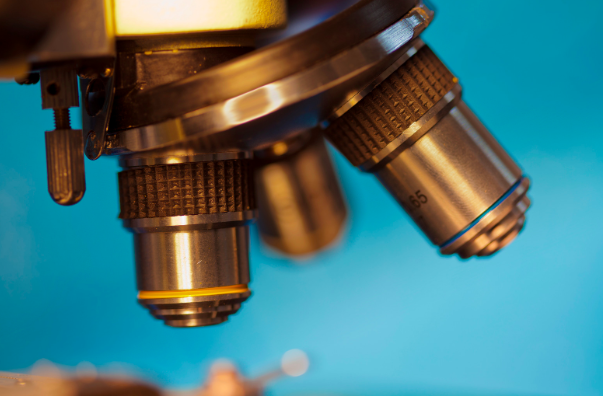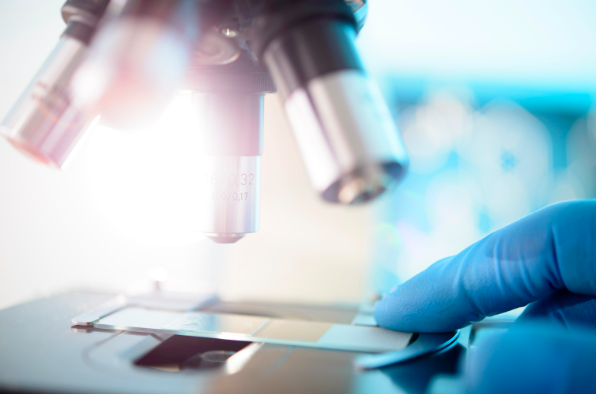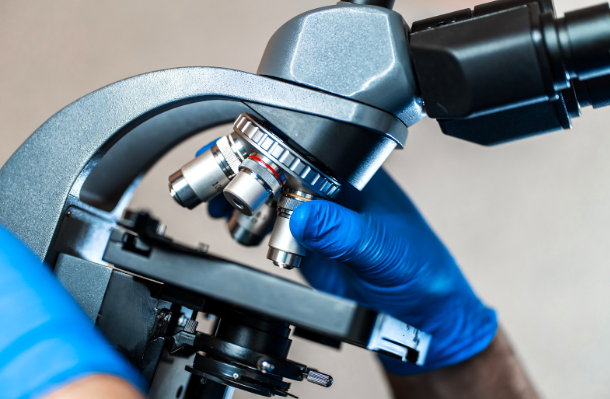Last Updated on November 25, 2022 by mdmtool
AFM and STM are powerful tools for nanoscale imaging and have helped researchers make significant advances in nanotechnology. There are several critical differences between atomic force microscopy (AFM) and scanning tunneling microscopy (STM). AFM can be used to image non-conductive surfaces, whereas STM requires a conductive surface to function.
What Is AFM?

AFM stands for Atomic Force Microscopy. It is a type of scanning probe microscopy in which a sharp tip is used to map the surface of a sample at the atomic level. AFM can obtain high-resolution images of various samples, including metals, semiconductors, polymers, and biological molecules.
What Does AFM Measure?
AFM can measure a variety of properties of a sample, including surface roughness, topography, adhesion, and elasticity.
- Additional AFM Imaging Techniques: AFM can obtain images of the sample’s electrostatic potential, magnetic field, and optical properties.
- AFM Resolution: AFM can achieve resolutions of better than 0.1 nm, which is far superior to optical microscopes.
What Is STM?

STM stands for Scanning Tunneling Microscopy. It is a type of scanning probe microscopy that uses a sharp tip to map the surface of a sample at the atomic level. STM can obtain high-resolution images of various samples, including metals, semiconductors, polymers, and biological molecules.
What Does STM Measure?
STM can only measure the electronic structure.
Difference Between AFM And STM

Both AFM and STM are powerful tools used in nanotechnology. They both use a sharp tip to probe the surface of materials at the atomic scale and can be used to create images of individual atoms and molecules. However, there are some important differences between these two microscopes.
- Mode: AFM operates in a contact mode, meaning that the microscope’s tip comes into physical contact with the sample. On the other hand, STM uses a non-contact mode, where the tip hovers just above the sample’s surface.
- Method: The AFM is a type of scanning probe microscope (SPM). It uses a cantilever with a sharp tip to scan the surface of a material. The tip is mounted on a piezoelectric crystal, which allows it to vibrate at very high frequencies. The cantilever scans the surface and measures the force between the tip and the surface. This information is used to create a topographical map of the surface. The STM, on the other hand, does not measure forces. It uses a sharp tip to tunnel through the surface of a material. As it does so, it estimates the electrical current was flowing between the tip and the surface. This information is used to map the surface’s electronic structure.
- Measure: The AFM can measure both forces and topography, while the STM can only measure the electronic structure.
- Use: The main difference between AFM and STM is that AFM uses a cantilever with a sharp tip to scan the surface of a material, while STM uses a sharp tip to tunnel through the surface of a material.

Applications of AFM
Both AFM and STM have a wide range of applications in different fields. Some of these applications are:
- AFM is used in nanotechnology to create and manipulate nanostructures.
- Used in materials science to study the properties of various materials.
- It is used in the metallurgy field for studying metals’ microstructure.
- Used in environmental science to study air quality and water pollution.
Applications Of STM
- STM is used in medicine for scanning and imaging cells and tissues.
- It is used in the field of chemistry for analyzing the structure of molecules
- It is used in the field of the semiconductor industry for fabricating nanostructures.
- STM is used in forensics to examine crime scenes.
FAQs
Are SEM and STM same?
No, STM is different from SEM.
Conclusion
AFM and STM are powerful microscopy techniques that allow for imaging surfaces at the atomic level. AFM is generally better suited for softer materials, while STM is often used with harder materials. In terms of resolution, both techniques are capable of achieving sub-nanometer solutions. When choosing between the two techniques, it is important to consider the specific application and material being imaged.





